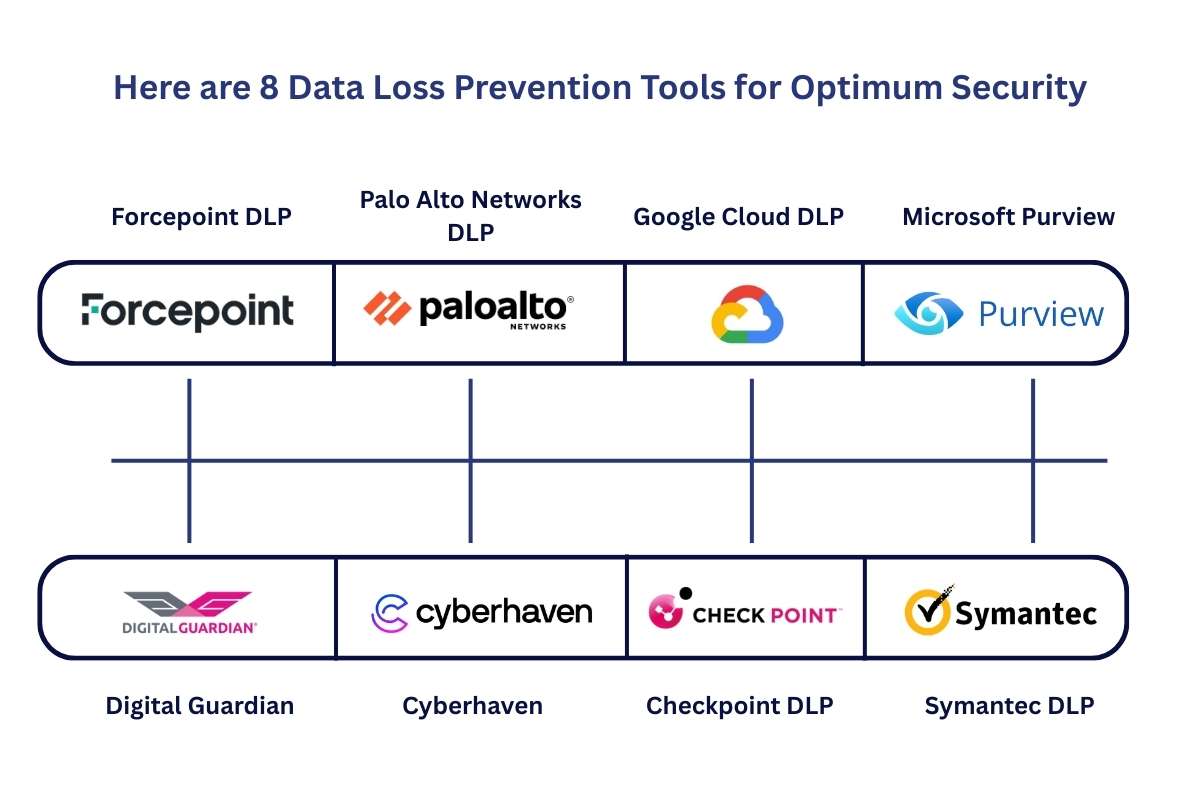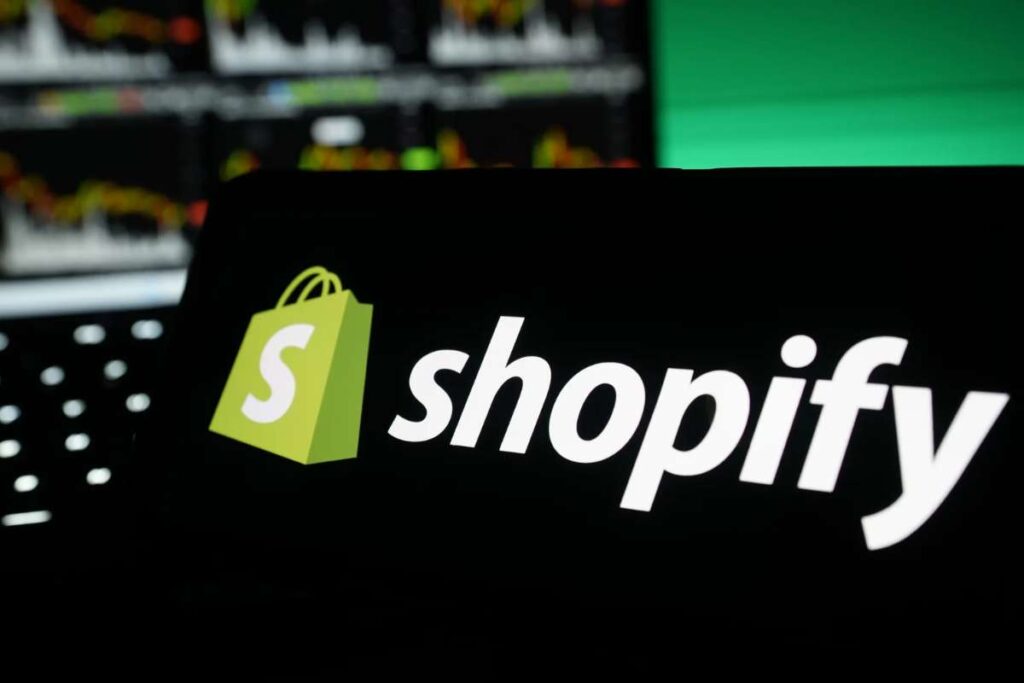The foundation of most organizations is built on data. Today, securing your data has become essential. It is no longer an option. Businesses, big and small, all face the constant risk of data breaches and data loss. Data leaks can come at a heavy financial cost to a business. It can also lead to loss of reputation. Hence, most companies use some data loss prevention tools. But what exactly are they, and how do they work?
What is Data Loss Prevention? How Does it Work?
Data Loss Prevention (DLP) is a form of cybersecurity that detects and prevents all types of data breaches. It blocks any attempts at extracting sensitive data. Hence, businesses use it for internal security. DLP also prevents any illicit transfer of data outside of the organization. Most businesses have a strict DLP policy in place.
The most common method of detection that DLP uses is a regular expression pattern. This method analyses certain repeated patterns and keywords. These data loss prevention tools send out an alert and encrypt data to prevent the user from sharing any information. Whether it be intentional or accidental. It also records and reports any such detected data breaches. This allows companies to identify areas of weakness, conduct audits, and meet compliance requirements. Now that you know about DLP and how it works. Let us take a look at some data loss prevention tools. Which is the best one? Which is best suited for you?
Here are 8 Data Loss Prevention Tools for Optimum Security

1. Forcepoint DLP
Forcepoint DLP is a tool that provides organizations with advanced security controls. It can detect insider threats and prevent any unauthorized data transfer. It identifies potential data leaks through pattern recognition. This allows greater control over sensitive files and reduces data loss incidents.
Forcepoint offers its range of products under its ‘Forcepoint One’ umbrella. DLP through this tool is managed through a unified console. This is true regardless of the services that you opt for. It also uses User and Entities Behaviour Analytics (UEBA).
2. Palo Alto Networks DLP
Palo Alto Networks DLP provides a cloud-based approach to data security and data protection. It secures information through hybrid and multi-cloud environments. It reduces manual security tasks through AI-driven analytics. This ensures accurate data classifications while simultaneously strengthening security.
This software monitors the real-time movement of data. This ensures DLP policy application at all points of authorised data transfers. Palo Alto Networks makes compliance with industry regulations smooth and easy. This makes it one of the strongest data loss prevention tools.
3. Google Cloud DLP
Google Cloud DLP protects data by scanning on-premise data and the data stored in cloud storage. It scans and detects confidential information and any personal identifiers. This way, it can monitor any exchange of data. It prevents any unauthorized data exposure.
Google Cloud DLP does this through built-in tokenization, redaction, and various encryption features. Ultimately, it provides a detailed approach to data security through a cloud-based structure and model.
4. Microsoft Purview
As the name suggests. Microsoft Purview is a DLP offered by Microsoft. It secures data across Microsoft 365applications, including OneDrive, SharePoint, and Microsoft Teams. It can employ a variety of different features. They include automatic data classification, real-time monitoring, and restricting unauthorized access.
Microsoft Purview improves detection accuracy through the use of machine learning. Its features support the General Data Protection Regulation (GDPR). It can also offer protection of data outside of Microsoft environments. This means that organizations that do not use any software from Microsoft can still use Purview as a security tool. Though compatibility and comprehensiveness may vary from system to system.
5. Digital Guardian
This tool specialises in endpoint protection. Endpoint protection involves securing devices that are connected to a network. These can be laptops, servers, and mobile phones. Security teams can use Digital Guardian to gain visibility into the movement of any data. It can then detect and block any suspicious activity. It uses AI and machine learning to classify data based on sensitivity. This ensures consistent protection across all devices. It has the ability to secure data across all types of data storage environments. The compatibility that Digital Guardian offers makes it one of the best data loss prevention tools.
6. Cyberhaven
Cyberhaven aims to combine both cloud-based DLP and endpoint DLP. This software allows security personnel to detect and identify each individual case of data exposure. It also allows them to monitor all activity leading up to the transfer of data. It classifies all content into files and monitors any activity done to the file on a user’s system.
Cyberhaven has features for logging and reporting any changes, along with automatic intervention. It also takes advantage of browser data to provide more cloud visibility. This enables it to cast a wider net across the entire system.
7. Checkpoint DLP
Checkpoint DLP aims at reducing loss of data by enforcing strict security policies. This tool applies pre-determined security tools to a user’s system. These rules help detect and block any potential data leaks.
Integrating with Checkpoint’s broader security framework can be beneficial for a lot of businesses. It has enhanced threat detection and response capabilities. It provides real-time notifications to the security team, enabling them to act swiftly in order to mitigate any major damage. It also has an added built-in encryption feature, which offers an extra layer of protection and security.
8. Symantec DLP
Symantec DLP has efficient security controls that prevent unauthorized data exposure and sharing. It provides a multi-layered approach to data protection. Companies can track data across cloud storage and on-premise storage.
This software reduces false positives through machine learning. Improved data classification enables security teams to gain insight into users’ activity. It provides organizations with scalable security controls. It can also adapt to various data storage environments.
Reading about these data loss prevention tools might have encouraged you to integrate them into your company. But there are always two sides to the story. Even though the use of these tools has become a necessity, there are still some disadvantages to using Data Loss Prevention Tools. What are they?
What are the Limitations of Data Loss Prevention Tools?

1. Limited Context:
Data Loss Prevention Tools often lack an understanding of how data is used. This can lead to unnecessary disruptions in legitimate activities conducted by a business.
2. Rigid Approach:
Traditional Data Loss Prevention Tools have a static way of detecting threats. It involves making policies revolving around what constitutes sensitive information. This can lead to higher rates of false positives and false negatives.
3. Insider Threat Detection:
While they can be accidental, leaks of data from inside the organisation can be of significant risk. The software must be nuanced enough to be able to detect an insider who has legitimate access and one who is trying to gain access forcefully.
4. Cost of Implementation:
DLP solutions can be costly to implement. According to a study published in the Journal of Advanced Research in Dynamical and Control Systems, 40% of organisations face issues due to the cost of DLP implementation.
Case Study: Omni American Bank Takes on Data Prevention Loss.

Omni American Bank implemented Data Loss Prevention Tools to reduce data leaks to zero. This was done while training 400 employees in DLP practices and tools.
Omni American Bank’s adoption of DLP transformed its data security approach, reduced accidental leaks to zero, improved compliance reporting, and elevated employee awareness.
Conclusion:
Data in its basic form is the backbone of an organisation. Hence, data loss prevention tools act as a guardian in the shadows. They keep an eye on the exchange of data behind the scenes. DLP solution enables organizations to maintain trust between their employees and customers. After all, securing data is akin to securing the future of a company.
FAQs
1. What is Endpoint DLP?
Endpoint DLP is the detection and prevention of data loss at the last stage of data transfer.
2. What is a Network DLP?
A. A Network DLP monitors the flow of Data across a network
3. Can Data Loss Prevention Tools protect both cloud and local storage systems?
A. Yes, depending on which tool you are using, it can protect data stored on local and cloud data.
Also Read: Indicators of Compromise Explained: How to Detect and Prevent Cyber Attacks






